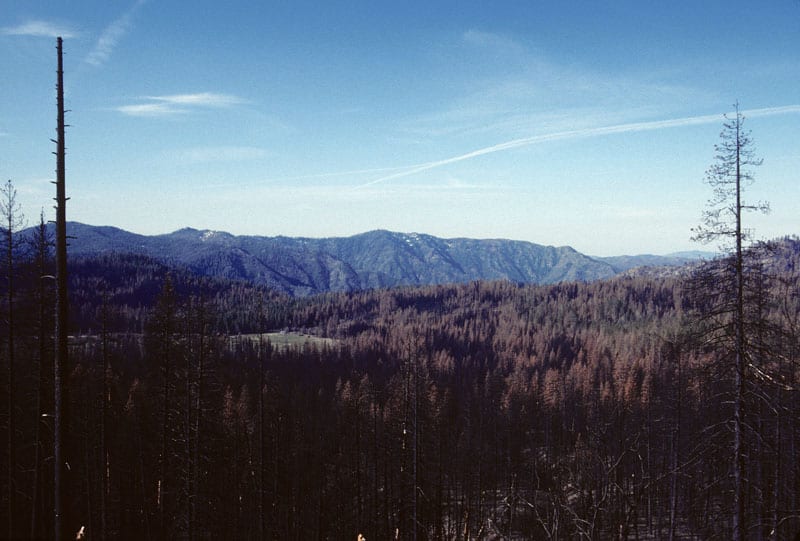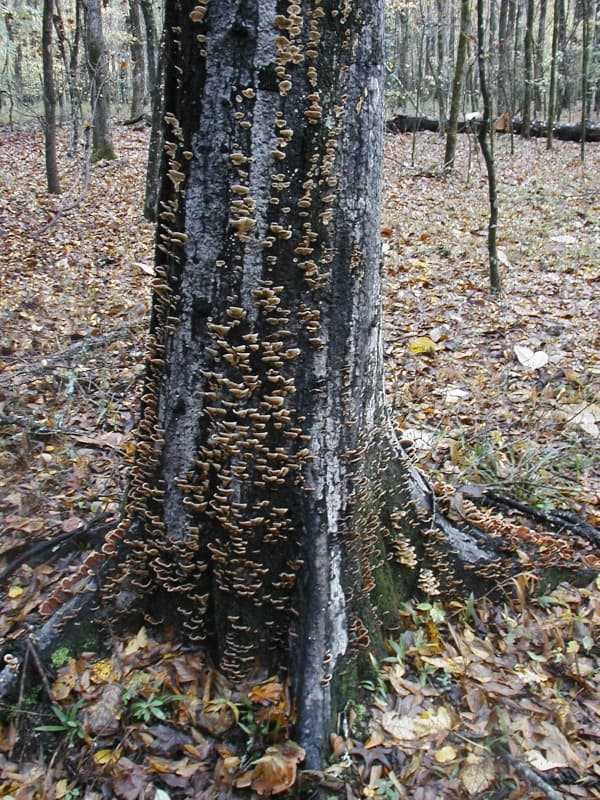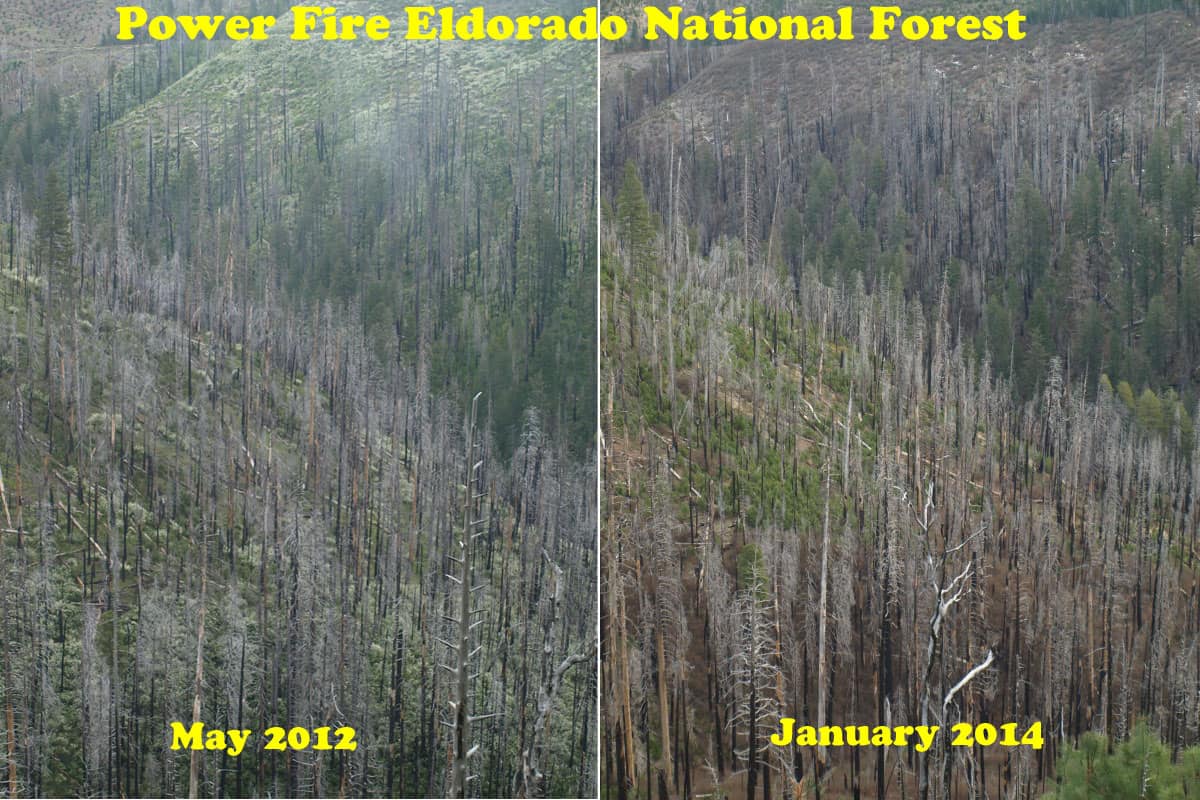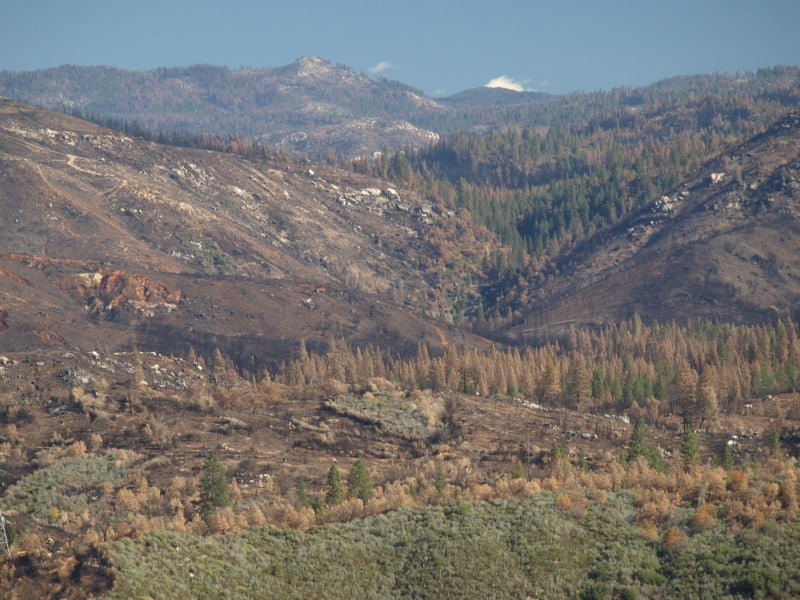We diverged from Mike’s original question in the post here:
It could very well be that we are seeing the end of FS employees actually implementing management plans and, instead, moving into a time where the agency puts together management plans in conjunction with public and then contracts out all implementation (we’re practically there in most cases anyhow). These wold be longer-term contracts with multiple-year objectives. The benefit in doing business this way is that if the FS is legally bound by contract, the funding to fulfill the contract is much more likely to be included within future FS budgets. Another place where this kind of thing might fit well would be in fulfilling the FS mandate to perform adequate monitoring, following project implementation (e.g. forest thinning projects). In this scenario, the FS would still need funding for enforcement of contract terms for whatever the concessionaire (or contractor) is doing, but it could still pencil out as a costs savings to the public. personally think this is a really interesting topic and would enjoy exploring this further… I’m interested in a couple of things… first, do you agree with “we’re practically there?” Second, the idea of legally binding contracts – how could we make them flexible enough to respond to changing needs and also yet solid enough to be meaningful? Other’s thoughts and comments would be appreciated.
into the world of contracting for ecosystem services.. related and worthy of its own discussion, which I hope will continue.
I am posting this to bring us back to Mike’s questions; I am thinking that stewardship contracts may be a preview of this new world, and I wonder what people with experience in stewardship contracting have to say. It seems like it could be easy to build monitoring into a stewardship contract and I assume that it has been done? Here are Mike’s later questions:
That is, whether moving further toward contracted implementation of FS management plans would allow for longer-term management plan implementation on NF, something most everyone agrees is desperately needed instead of the often piece-meal approach that happens today. Sharon raised an interesting question that pertains to whether contracting would/could allow for adaptive management (i.e How would contract terms be written to allow for adaptation but still hold the contractor and FS accountable?). This seems like a really interesting topic for discussion. Personally, I’m just not sure, but would be really interested in hearing of examples where this has been tried before, especially pertaining to National Forest management. As I think about this, though, one example may be found in the recently let 4-FRI contract in the southwest, which is a multiple-year contract to thin tens of thousands of acres of P-pine forest in just the first phase of the project. It seems like there would have to be clauses that account for adaptive management in the there. I’ll check and see.
My other thought on this topic pertained to post-project monitoring required by law on NFs. Here, I think most people agree that the FS has a dismal track record when it comes to longer-term monitoring, and the reason often cited for this is that long-term monitoring requires consistent federal funding, long after a project is completed, and the reality is that the money often just doesn’t come through. I may be wrong here, but my sense is that if post-project monitoring funding was legally obligated through a multi-year contracts tied directly to on-the-ground projects, this could be an effective way of ensuring the motoring actually happens, which would then inform the adaptive management. I’m sure my take is overly simplistic and I welcome other responses. I would guess this has been done already at least on an ad hoc basis, but would like learn more about where and what kind of things resulted. What am I missing?



